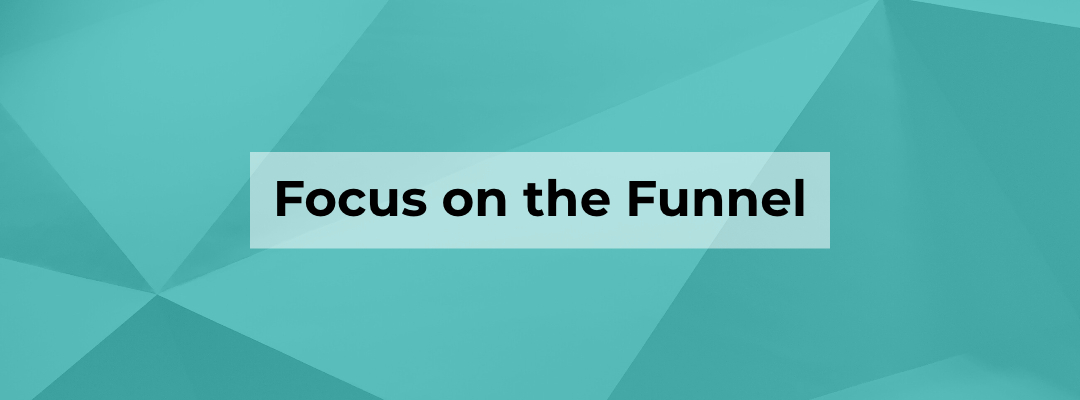Banks and credit unions have traditionally viewed customer acquisition through the lens of depository products, like checking and savings accounts, while lending has typically been relegated to cross-sell products.
Today, however, many banks and credit unions are starting to “lead with lending” to drive new customer relationships.
To make that shift, it’s crucial to examine the efficiency of your onboarding funnel for consumer lending. Your onboarding funnel is central to making your acquisition strategy for lending products work.
By focusing on the funnel and finding ways to optimize the process, you can significantly improve your conversion rates and time-to-funding. It all begins with a two-step process:
- Making sure you have the right number of steps
- Examining the steps in the context of different users and channels
Many lending institutions are flooded with cash right now. Offering personal loans is a great way for deposit-rich banks and credit unions to put that excess liquidity to use.
The Right Number of Steps
We often hear lenders talk about pull-through rates and approval rates. These are great starting points, but it is also valuable to start looking at other steps in the process that take time. For example:
- How many customers complete the form on the first page?
- How many customers am I asking for documentation?
- How many customers provide documentation?
- How long does it take me to respond to customers?
- When we respond, how many customers complete the process?
It’s crucial to understand the step-by-step process customers go through to find ways to make your funnel more efficient.
This varies by product. For an auto loan, for example, you might have insurance verification, title, and lien perfection. For home loans, you typically have an appraisal process or an inspection.
Understanding each stage from inception to conversion provides a roadmap for improvement in the personal lending process. Even small and incremental improvements can make a meaningful difference in your ability to profitably acquire and onboard customers.
Examining Steps in the Context of Different Users and Channels
Take a look at conversion rates at each step for different marketing channels. You need to understand the funnel not only at the gross level but also how it varies by the credit spectrum and marketing channels.
For example, some marketing channels have low intent but high qualification. You provide high approval rates, but few people complete the process. Other channels have low approval rates, but high customer intent.
Understanding the steps across channels at this level can help you focus on the funnel to find the marketing strategies that work at each stage and how you can improve the technology or the processes of that lending product.
Optimization of the consumer lending funnel will make the “leading with lending” strategy efficient and profitable as part of your digital transformation.
There is a lot of room for improvement in most funnels - and the economic reward to getting this right are enormous!

